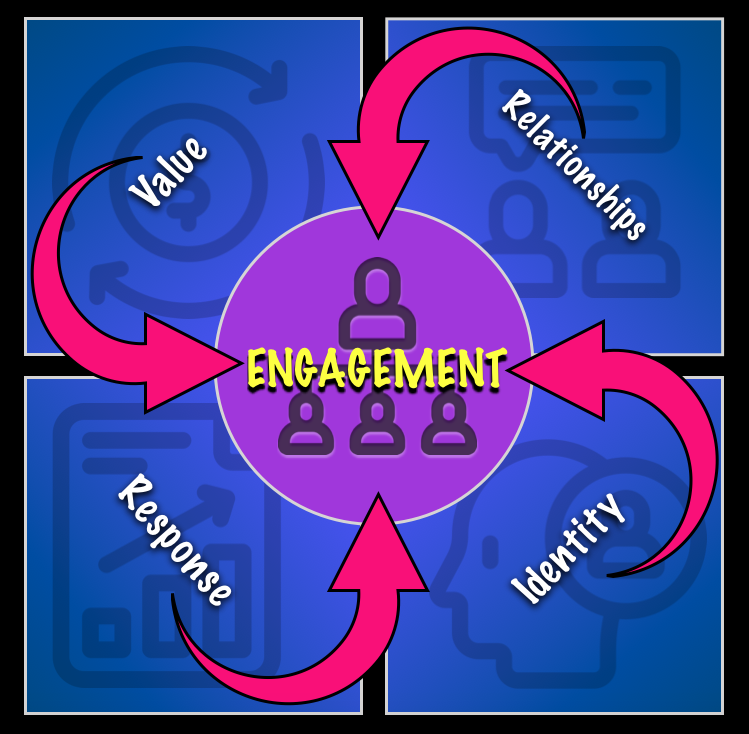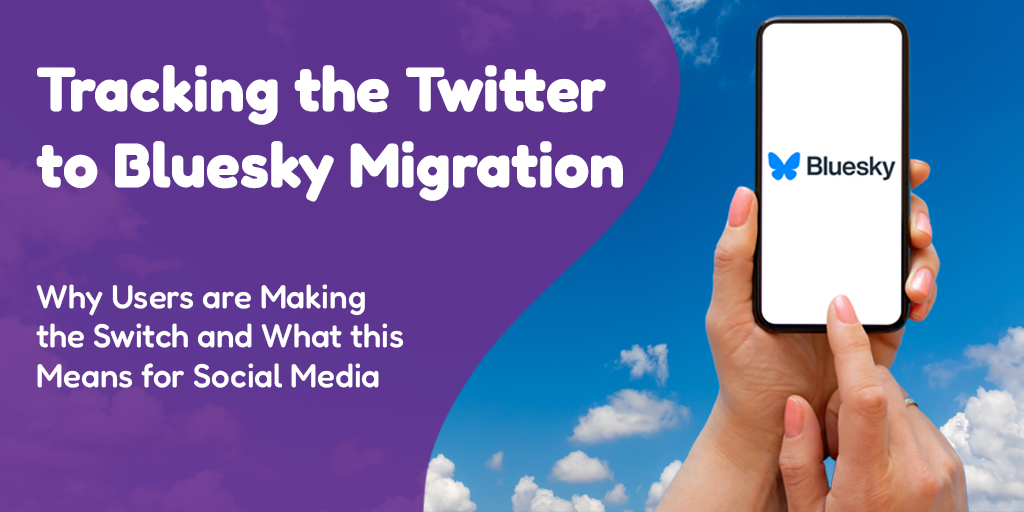 Posted by Morgan Blake on June 3rd, 2019
Posted by Morgan Blake on June 3rd, 2019Hi, Morgan here! I’m the social media manager for hasOptimization and I’m here to tell you about the idea behind brand altruism. Every day, I do research, gather content, share posts, update social media, and more. Sometimes, the question comes up: “Why post a link to this site that doesn’t link back to my product?” or, “Why post to this blog when it is only half related to what we do?” The answer, you guessed it, is brand altruism.
What is Brand Altruism?
When talking about building a brand, or branding in general, we’re encompassing a huge concept. Everything from your logo design to your choice of font on your website can be considered part of building a brand. In social media, we talk about brand in terms of your presence and what it means for your business in a social media context. In this case, brand altruism refers to sharing content from other sources than your own site, even some content which might promote other brands.
But why should I post anything that might promote anyone else?
Promoting others is a great way to hold the spotlight without boring anyone. Imagine you’re on an open mic stage and you need to keep the audience’s attention. Standing there and talking about your own products or services is great, but after an hour, they’ll be bored and walk away.
Imagine a social media feed as that audience, and the goal is to engage with them and tell them about other great things on the expanse of the internet. They will read the links that go to other brands – but they’ll remember where they heard about all those great things!
Here are the four major components to brand altruism and why brand altruism helps any business.
Relationships
Business is built on relationships. Making allies in the business world can be a do or die prospect. When one brand shares the work of another, that company notices! Both companies can benefit, and appreciate the help of amplifying their message. Keep in mind that every time someone links back or shares a post from another site, they get tracking information on it.
Social networking is just like real life networking in some ways – no one would present at a huge open house expo and refuse to tell someone where to find another booth! That would be rude! Think of the internet as one huge expo center, and a resource to share things that benefit everyone on it.
Example: For a client’s social media, I have shared posts which link to a particular beauty blog. While I post many things from many sources, they have noticed my few shared links and appreciate it. When my client gets a new service added to their offerings page, the beauty blog is willing to host a feature article about it.
Response
It’s important to keep customers engaged with your social media. That’s nearly impossible to do when you don’t offer anything that grabs their attention. Your social media feed should have content both from your own site and from other sites, because showing selflessness (altruism) has a psychological effect on a customer. Your willingness to share the stage makes them more interested in giving you their time.
Feeds that are only self-focused — only link to your own products — eventually become dry and dull. Repetitive posts, especially ones that can be construed as ads, lose followers. Keep your relationship with your customers fresh by showing them new content and keeping them engaged.
Example: A customer clicks on a link in the hasOptimization Facebook feed to a site where they find useful tools for watermarking their photos. They now feel loyal to our brand because we have acted as a facilitator to give them useful tools.
Identity
How and what you share affects your public identity. Did you know that your average e-commerce site (sites which sell products directly) see a marked increase after posting a photo and birthday message for an employee? People want to buy from companies which make them feel good about spending money there.
For most consumers, feeling a connection or emotional reason to invest matters. Seeing the photograph of your dog, or the picture of you at a Chamber of Commerce meeting, can be more effective than a dozen fliers selling one of your products.
Example: When I post something to the hasOptimization feed featuring a business which supports crowdfunding for people in developing nations, the customer feels good about what our brand is doing. It reinforces our identity.
Value
The more you appear in someone’s feed, the more they are aware of you. With the aforementioned selflessness, the useful information, and links to other brands, we’ve kept your audience engaged and they stay on your feed. The “other” things posted to your feed, like employee photos, instagrams of dogs, links from other sites – those are the spoonful of sugar that helps the medicine go down.
Keep the customers engaged and they continue to follow you. When they need something you provide, you’re the one they think of. That is the value of brand altruism.
Example: A client who sells pool cleaning supplies gives me the go ahead to post funny videos about animals breaking into backyards and swimming in pools. A customer who has just moved to a house with a pool recalls our funny video post with raccoons and finds our client to buy pool supplies from them.
So what does this mean for my business?

The job of any social media manager is to present a strong and relevant brand presence in your online presence. Unarguably, brands do best with a mix of information, sales, company values, and “x factor.” The values and the x-factor are what we’re talking about today.
The goal of your social media is to add to your brand things which give it a sense of familiarity and move the customer to choose your business. The best method for building that experience for your customers is to share a lot of different content most likely to get engagements and traffic.
What’s engagement anyway?
Engagement is any action interacting with your content. It could be page likes, sharing, comments, reactions, and so on. For more information on what’s engaging, take a look at our blog on Casting a Line vs. Casting a Net! In short, engagement is any activity online which perpetuates your content and keeps it present and visible on the web.
But can’t you just make my post go viral?
Viral is a term that social media managers learn to hate early on. It’s one of those words like “sweet” or “expensive” or “charming” which mean very little without context. Think of it – when most of us see an apartment listing which says “charming” in the description, what does that mean to you? Cute? Dashing? Small? Well decorated?
In terms of social media, a viral post is any post of any kind with unexpectedly high engagement rates. A viral post requires high quality content lots of people care intensely about and users or readers with a huge viewership to pass it on. When a random small business hits it viral, that’s a surprise and a fluke. Unless you’ve got Beyonce on speed dial, no one can “just make it go viral.”
Conclusion: What do we post?
Round out the social media presence of your business with not only the things you sell – but also the things you care about, the things you value, and the things you believe in. Tell your social media manager (especially if it happens to be me!) the sorts of things you care about.
Share posts about charities which are important to you and your family. Share funny cat videos. Share links to community events. Share the identity of the people in your business if you want your business to be seen, known, and respected.
Are you ready to bring your brand to life with social media, web development, and more? Contact hasOptimization!



